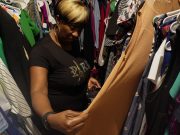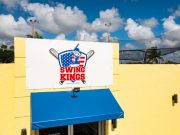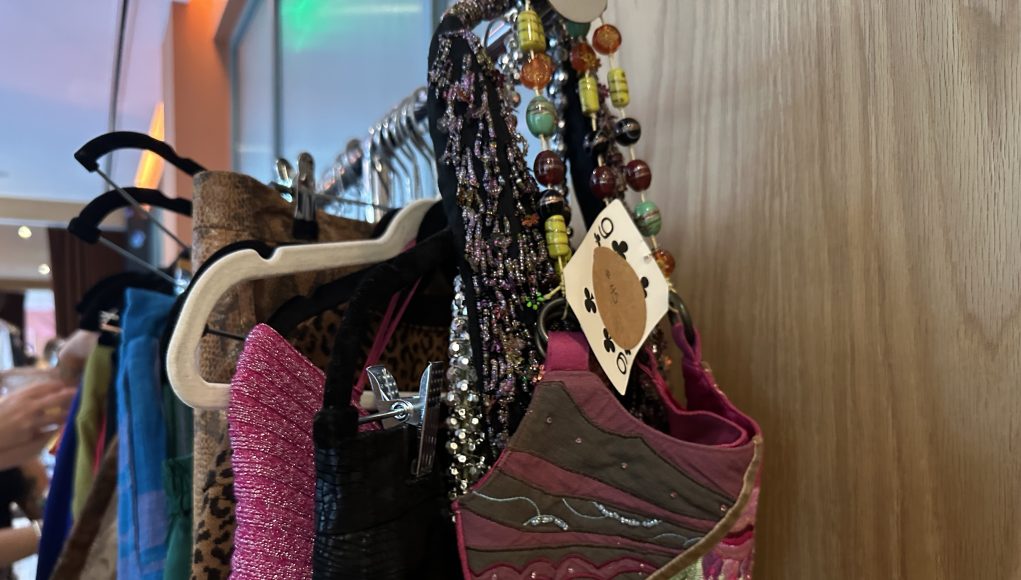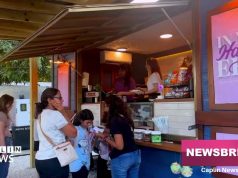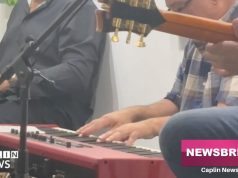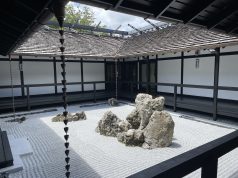Hidden behind the fast fashion trends and the mainstream media world, there is an underground community thriving on a shared love for craftsmanship and vintage curation in fashion.
There’s something in the inner circles of the thrifting community keeping the true meaning of vintage alive, not because of the sales or production. It’s the culture.
“I don’t try to make it like a business; I like to think of it as a person,” said Marlene Bacigalupi about her vintage apparel curation business Aries Sun Vintage.
This community strays away from the norms and sales of a storefront and hosts pop-up markets for craftsmen and consumers to enjoy. “To be honest, even if I could have a little store or boutique, I just feel like I would feel bored or lost,” says Bacigalupi.
A subculture of art and artistic expression through fashion, which used to be on the edges of mainstream consumer culture, is now attracting a wider audience with its range of opportunities and dedication to sustainability.
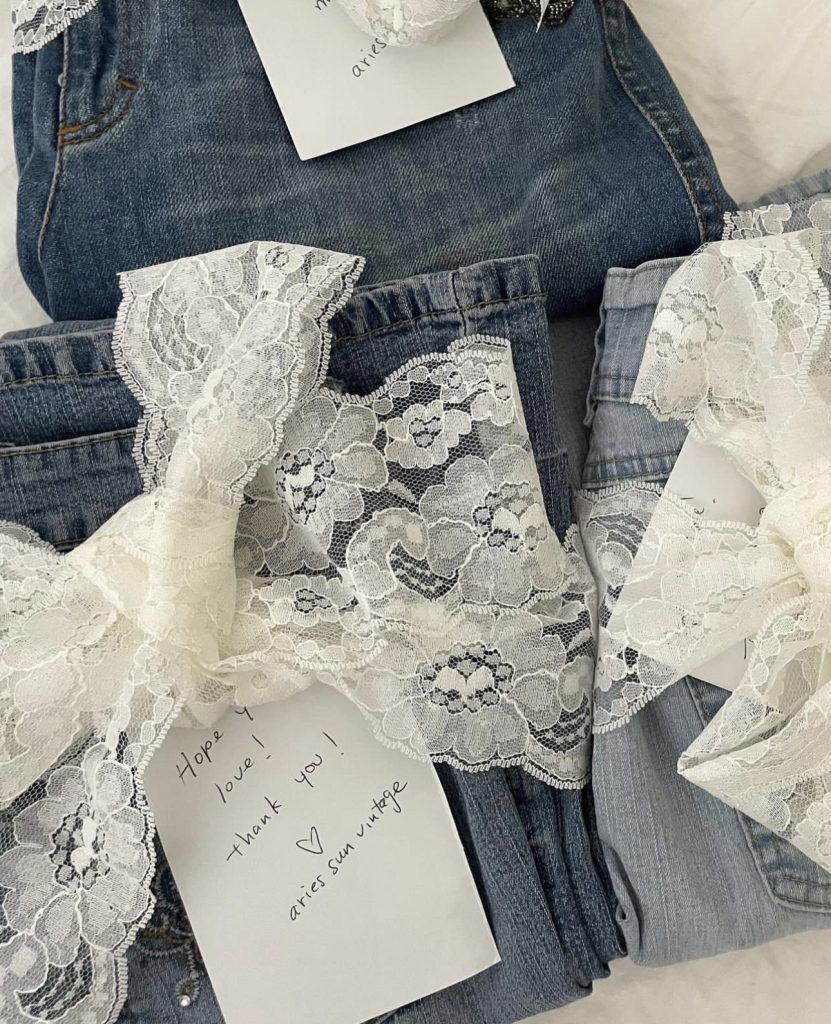
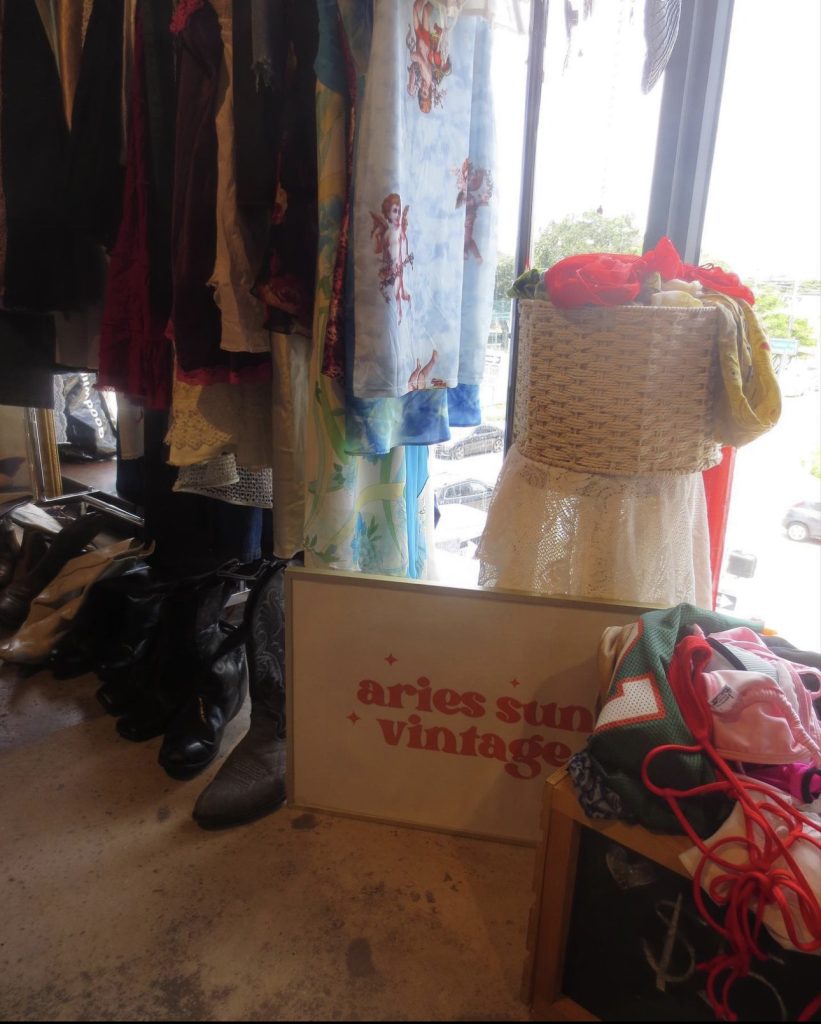
Thrifting broke through trends pumped into the market by fast fashion machines like Zara, H&M and Shein. “You never want to walk in the room and have the same shirt as someone else,” says Silyane Jinmenez, a Miami local passionate about thrifting. Shopping in thrift markets and supporting small local creators gives every consumer the freedom of self-expression through fashion like no other. Every piece in these “underground” markets is specially curated to fit the business owner’s style and likes. This brings consumers looking for certain styles coming back to every market.
Artistic meet-ups in the form of vintage markets filled with life just at the bottom of a highway at a skatepark or local Miami clubs like Rackét and Freehold. Some locations are even undisclosed until a couple of days before the event. Here, a new interest in art and community has flourished.
Bacigalupi of Aries Sun Vintage nurtured her form of art expression through thrifting just like many when it became the newest viral trend. Through the COVID-19 pandemic, when thrifting was buzzing through social media, she found a love for vintage clothing and a knack for finding the best pieces. She learned different methods of vintage fashion curation that would leave her wanting more.
Thrifting at local Goodwill or Red, White, and Blue thrift stores served as a gateway to Aries Sun Vintage, she says. With only a year of experience at this point, she reluctantly decided to be a vendor at a thrift market. The hesitation came from fear of not being good enough or accepted; however, the community opened its arms to Marlene, and she kept coming back to sell at more markets.
“I think just like anyone that does this, you just start out thrifting for fun, then started posting pieces on Depop,” says Bacigalupi.
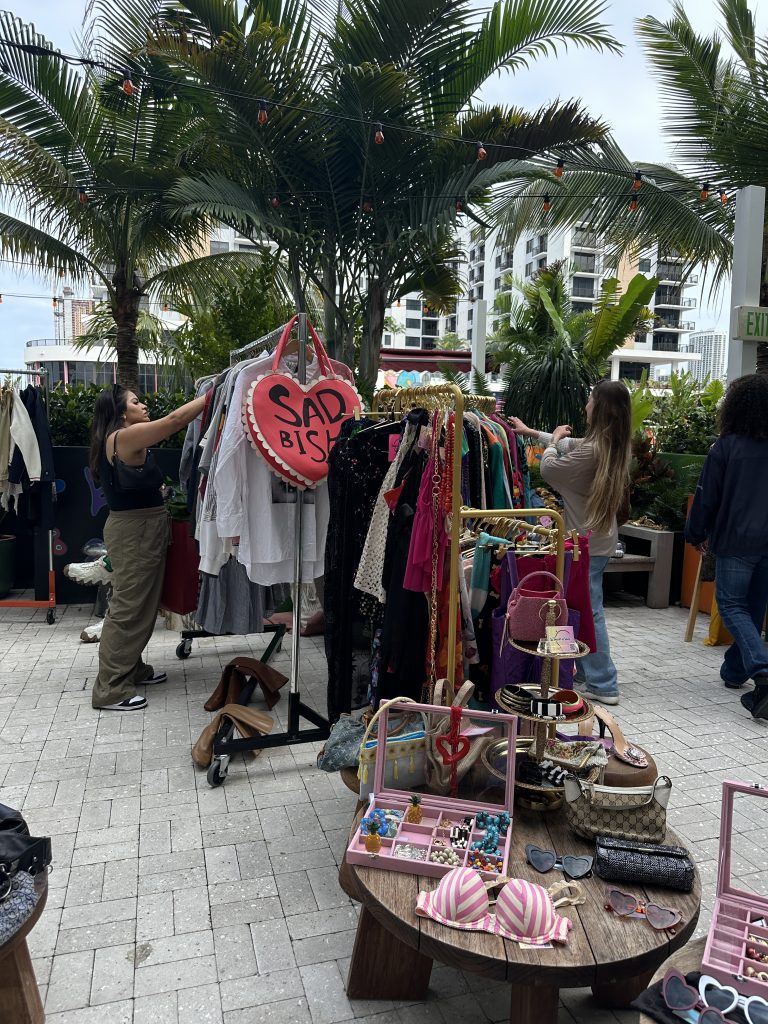
With its newfound international popularity, thrifting grew into virtual channels, one of which is especially favored in the underground fashion world: Depop. The craftspeople \ took over Depop because it supports and aligns with the shared individuality, self-ownership and passion for fashion that fuel this subculture.
Now, the local name-brand thrift stores mirror the stores in shopping malls by filling their racks and shelves with fast fashion, trendy clothing. This puts doubts about where the vintage pieces will go and, more importantly, what will happen with the thrift community and those passionate about vintage apparel.
Kara Eppcohen, owner of Daddy Daughter Jewelry, is one example of how technology and craftsmanship are thriving in this underground arts scene. She began crafting handmade jewelry pieces like rings with energy-radiating stones and permanent anklets zapped on to fit each person they are attached to. With her father’s voice always over her shoulder, eight years into her craft, she began integrating herself into a community of art markets that would allow her to grow in a way she would love.
As this subculture emerges, its unique collection of vintage finds, hand-made items, and unique collectibles is ready to change the world of modern fashion and art.
Eppcohen began fully diving into this world over a year ago. She explains that the pre-COVID-19 pandemic was a time when her work entailed the typical storefront sales and services, but it lacked excitement, diversity, and space for growth. Partaking in markets like Little River Flea, Indie Flea, and more, she tells of a newfound love for the same thing she had been doing for over nine years. “There is definitely nothing like the markets; it’s fun, it’s always a new location and a fun time,” tells Kara.
Before and during the pandemic, Eppcohen and her father as growing business owners and growing fanatics of the thrift market world, made sure to have every step of the business covered. Bar codes were the way. “I never understood why he insisted on slapping my barcode on everything, but now I know why,” says Eppcohen.
While the underground social world of thrifting depends on in-person exchanges and interactions to keep the culture alive, technology is still crucial to keeping this world and culture alive. Bar codes have allowed Eppcohen’s customers and longtime followers to stay up-to-date and continue to support her small business.
Vendors, market organizers, and craftsmen showcasing their art are only a piece of the community formed. Here, those who attend, support, and come back for more every time the internet breaks with news of the following market’s location.
Miami locals and vintage art connoisseurs Jennifer D’Trinidad and her girlfriend, Silyane Jimenez attend these markets and others like Magic City Flea and Let’s Get Together at least twice a month. They are an easy way to meet friends or attend during a date, but they also serve the same purpose as a storefront; their one-of-a-kind shopping mall. “The clothes itself show a new side of creativity that you don’t see in Zara or Forever 21,” says Silyane.
However, this hidden community goes past a unique sense of style and an eye for fashion. D’Trinidad, when telling of how her love for thrifting brought her to thrift markets, explains, “Growing up my parents didn’t have the means to buy me new clothing, so I would always have second-hand clothing from family and friends and going to thrift stores in Hialeah.” The subculture introduced her not only to a newfound love for fashion but also to a community that wouldn’t shame her for not buying the latest designer. Instead, her sense of style is celebrated without her economic status being judged or analyzed by the pieces she wears.
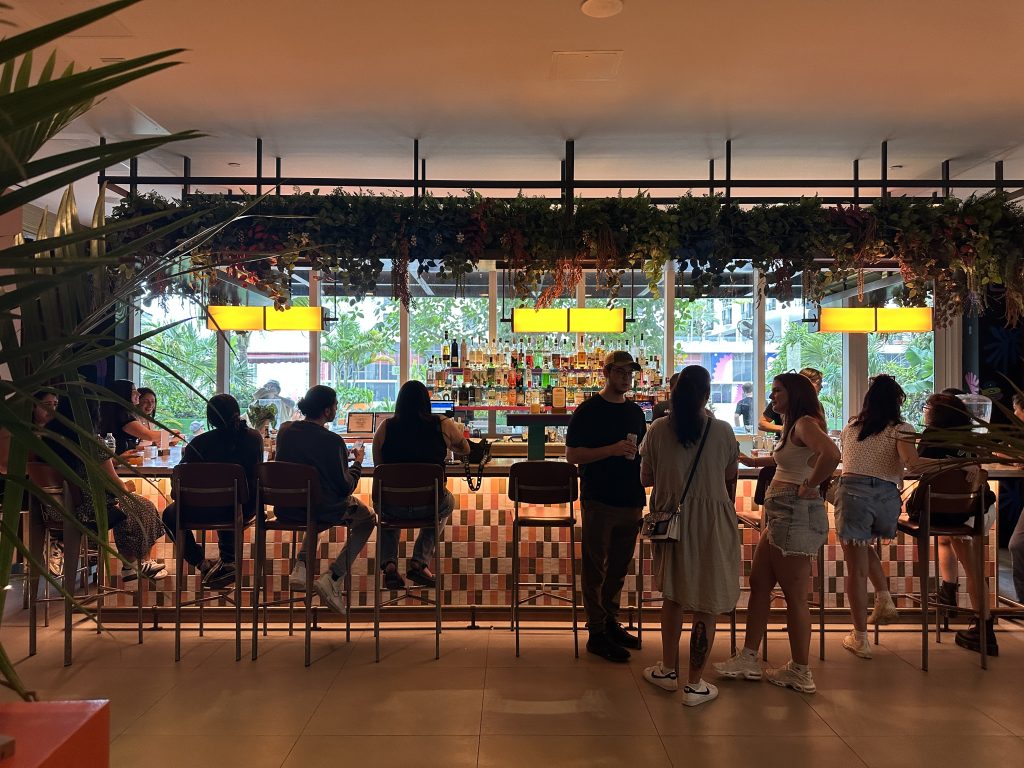
The underground community, both the producers and the consumers, create a space with music, food, and all types of art, quirky, vintage, handmade; they are all at the end of a busy street underneath Downtown Miami’s busy I-95 South Highway, or even in a glamorous high-rise since the scene has become more elevated since the mainstream discovered it.





